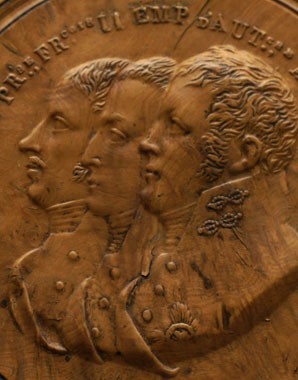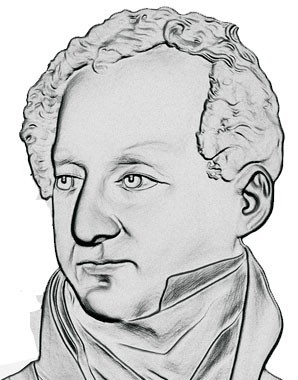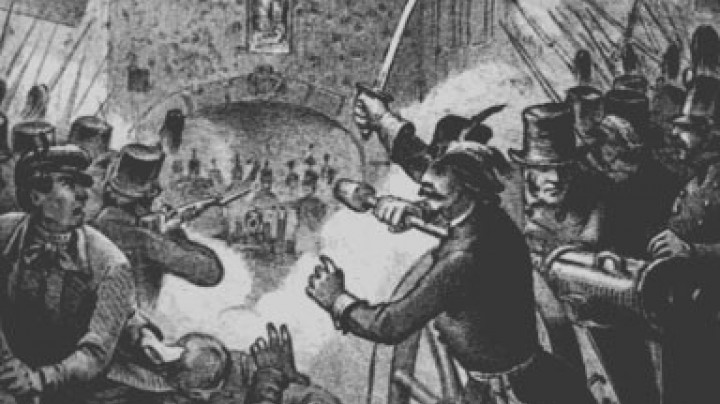Singing a chorus for freedom in the police state
In 1843, in spite of the political censorship of the Metternich regime, Giuseppe Verdi was still able to conduct his opera Nabucco at the Kärntnertortheater.
The premiere of Nabucco on 9 March 1842 in Milan brought the young Verdi his breakthrough and international recognition as an opera composer. The opera presents a very loosely interpreted account of an event from the history of the people of Israel: the conquest of Jerusalem by the Babylonian ruler Nebuchadnezzar in the sixth century BC and the subsequent uprising of the Jews and their exile in Babylon (the ‘Babylonian Captivity’).
The Italian patriots who had set their sights on uniting the many small principalities of Italy into one state interpreted the longing for freedom of the people of Israel as a symbol for their own national and liberal aspirations – and most particularly for their resistance to the Habsburg rule in Italy in the form confirmed in 1814/15 at the Congress of Vienna. Moreover, the opera did in fact end with the victory of Jehovah and his people. It has often been claimed that the famously melodic Chorus of the Hebrew Slaves in Nabucco was repeatedly used as the hymn of freedom of the Risorgimento – the movement for Italy’s independence and unification – and thus became a kind of Italian national anthem. However, the historicity of this popular view has been contested by recent researchers, who regard it as a myth created later during the formation of the Italian nation-state.
In any case, Nabucco made Verdi extremely well-known in Italy and a figurehead of resistance to Habsburg rule. His name was taken as an anagram for the political slogan ‘Vittorio Emanuele Re d’Italia’ in allusion to the king of Piedmont-Sardinia under whose formal headship Italy was to be unified. In 1861 – seventeen years after the premiere of Verdi’s Nabucco and two years after the Battle of Solferino at which Austria was defeated by Piedmontese and French forces and thus lost Lombardy – the dream of independence became reality and Victor Emanuel II was crowned king of a united Italy. In 1866, Austria lost Venetia and the Grand Duchy of Tuscany, which had long been ruled by a secondary line of the house of Habsburg.

















